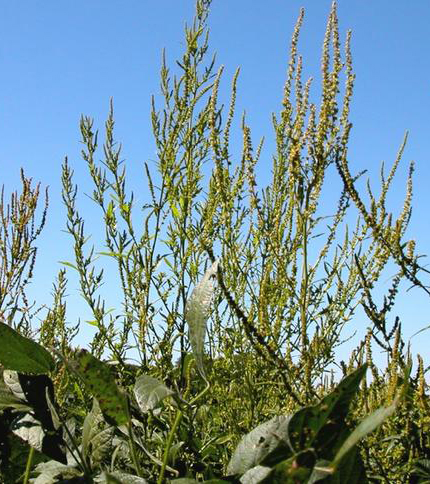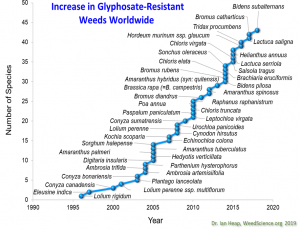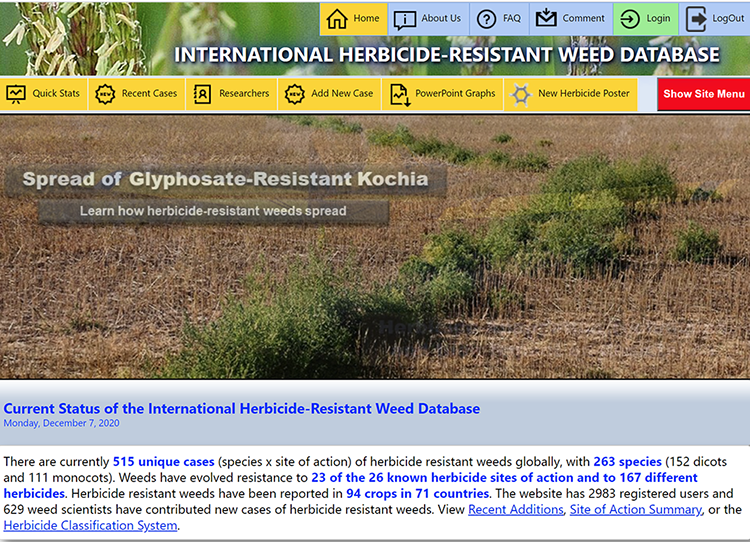Pest Resistance


Pests are by nature adaptable. When a pesticide is used repeatedly, the targeted pests can develop a resistance to the pesticide over time, meaning that higher doses or multiple applications of the pesticide are needed to effectively control the pest.
In the case of weed resistance, farmers have sprayed herbicides so frequently and in such quantities that some species of weeds have become almost impossible to kill with chemicals that once easily eradicated them. Similarly, many types of insects have become resistant to pesticides designed to control them. Today, many farmers are plagued by so-called “superbugs” and “superweeds” because of this overuse of pesticides.
The best example of this is the case of glyphosate-resistant weeds.
When Monsanto introduced genetically modified, glyphosate-tolerant crops to the world in the mid-1990s, weed scientists and other agricultural experts warned that the “Roundup Ready” system would trigger the emergence and spread of resistant weeds. Without the genetically engineered crops, farmers had to be cautious about when and how much they sprayed their fields with weed killers or they risked damaging their crops. But under Monsanto’s system, farmers could spray entire fields of growing crops directly with the glyphosate-based Roundup weed killer. Weed scientists said it was clear weed resistance would be the result. For years, the warnings were dismissed by Monsanto and its allies in the chemical industry and by U.S. regulators.
Those scientists turned out to be right. Years of excessive use of glyphosate herbicides led such extensive weed resistance that millions of acres of farmland became plagued by weeds that would not die with typical chemical treatment. Some farmers had to resort to hiring workers to hand weed their fields or employ other costly tactics to deal with the weeds in order to save their crops.
Tough-to-kill, glyphosate-resistant weeds now infest around three-quarters of the roughly 180 million acres producing genetically engineered corn and soybeans in the U.S. Many fields are infested with two different species of resistant weeds, and some harbor three.
The presence of weeds resistant to glyphosate and/or other herbicides forces farmers to:
- Spray more often,
- Apply herbicides at higher rates per acre,
- Make applications later in the season to target weeds that survive earlier control efforts, thereby extending the time period when drift and volatilization can lead to human exposures and damage to nearby vegetation, and
- Augment standard weed management programs through practices like tillage or by spraying additional herbicides targeting specific, hard-to-control weeds.
More on Resistant Weeds
The Rise of Glyphosate-Resistant Weeds
As of December 2020, there were 263 species known to be resistant to 23 out of 26 herbicide modes of action across the globe. Click the graph to expand. Source: weedscience.org.
Stories of Resistance
Read stories and science about resistant weeds from our partner Hygeia Analytics.



